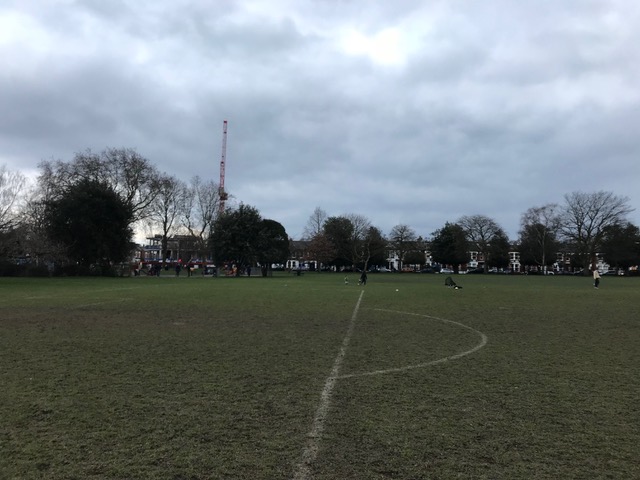Photos by Alice McCabe
James Meek argues that public spaces can be measured on three different elements: Access: that they are always free, open, there is no qualifications to enter the space, no fee Control: that the public has some sort of say in what happens to and at the space.Care: how space is managed and cared for as well as how the people using the space are cared for. What are the carers of the space concerned with? Is it money? Brand? The interests of the public?
It can be argued that public spaces are never equally open for all. A community playground might be a public space, but if you are not there with a child, people will look at you weird. Public spaces are designed for certain activities and other uses of the spaces might be awkward or weird or even creepy as with the playground example.
Furthermore, there is an aspect of surveillance and control regarding our use of public spaces. Many parks and gardens in London are closed off at dusk. Others are open at all hours, resulting in a sense of physical freedom – a freedom of movement that is not usually available to the public.
But all spaces that appear to be public are not necessarily public. These quasi-public spaces seem to be open to all but are actually privately owned public spaces (POPS). And they might again limit the freedom of the public.
In the UK, the owner of private land can decide what can take place on their grounds and what cannot. This can be seen in particular, around protests.
The right to protest is protected on publicly owned land by article 10 and 11 of the Human Rights Convention – the right to freedom of speech and the right to assembly. These are not necessarily protected on POPS.
On the other hand, examples from New York show how POPS are not under the same curfew as public parks, meaning they can stay open longer or that you can smoke there, but not on the streets because of legislation.
Wandsworth Park was acquired by London County Council, the Wandsworth District Board, and by public subscription. In the 1920s several sports areas where added to the design, and in 2008 two sculptures were added as part of the Putney Sculpture Trail. It is a Grade II listed park, meaning it is of regional or national importance.
The use of the park has always been focused on leisure, sports, and cultural activities.
Currently, it is managed by enabling leisure and culture, a charitable organisation that delivers leisure and culture services on behalf of Wandsworth Council. The organisation states that they aim to enrich lives and strengthen communities through leisure and culture.
Architecture and Freedom season: Spaces of freedom https://itunes.apple.com/gb/podcast/architecture-and-freedom-season-spaces-of-freedom/id279148391?i=1000358978241&mt=2
https://www.royalacademy.org.uk/event/spaces-of-freedom
https://en.wikipedia.org/wiki/Wandsworth_Park
http://www.wandsworth.gov.uk/directory_record/552360/wandsworth_park
http://enablelc.org/about-us/who-we-are


